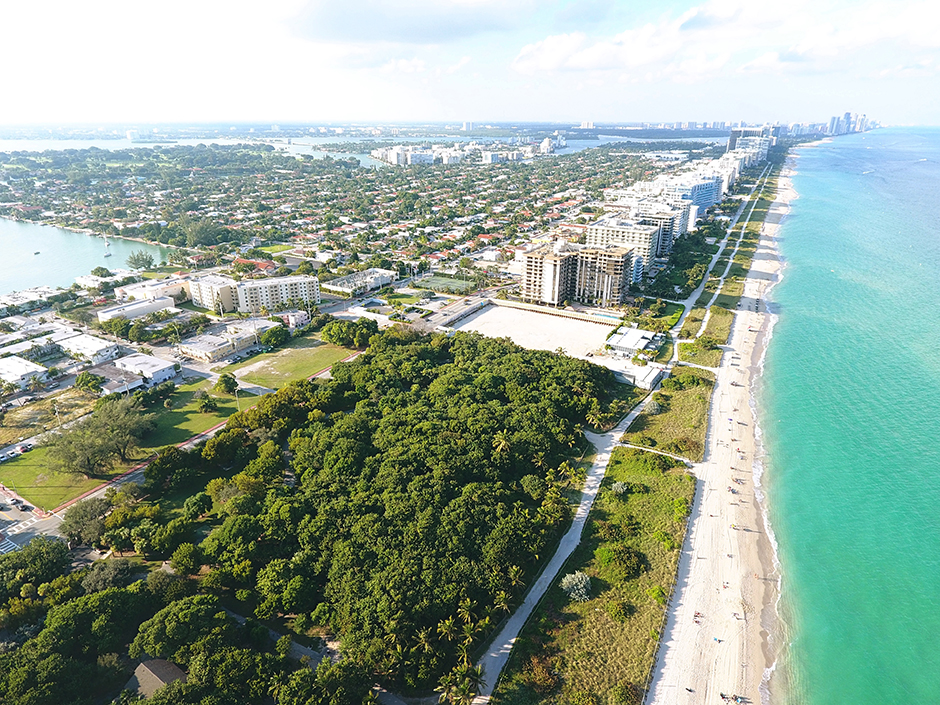Conservationists and natural resource managers have lost ground over the past 20 years as more and more natural land—especially on the coast—has given way to homes and businesses, threatening the natural ecosystem.
University of Miami Associate Professor in Biology Kathleen Sullivan Sealey and her colleagues set out to find out why by investigating the ecology of finance and the financial innovations that have facilitated rapid housing development.
In a study published in the journal Anthropocene entitled, “Financial credit drives urban land-use change in the United States,” Sealey and her team borrowed concepts from ecology, finance, urban studies, and complex systems to develop a hypothesis about the fundamental shifts in the flow of money throughout the entire development and construction process.
The paper lays the foundation for a new area of research in the coupled human-natural systems linking modern finance to climate and ecological change.
“After three years of research that included a case study specific for South Florida, we found that the greatest attribute for the housing boom, from 1980 to 2008, was the key changes in banking regulations in the 1970s that allowed for increased availability of credit,” said Sealey. “The key component was the ability to transfer investment risks for developers and lending institutions.”
Since the U.S. economy depends on a healthy housing market, and a cornerstone of personal wealth is home ownership, the researchers set out to document the changes in financial regulations and financing in general since 1980.
The paper explores the widely accepted premise that nothing happens without funding. It also explains—to people unfamiliar with how the financial system works—the financial instruments and innovations that diversify the sources of loans and credit through globalization of mortgage-based securities (MBSs). This system, the researchers said, is now only one part of an enormous shadow banking industry, which trades diverse asset-backed securities with relatively little regulation.
They note more people were able to buy more expensive houses through a combination of federal legislation to promote the availability of mortgages, and financial tools in the secondary market for Mortgage Backed Securities (MBS).
The authors argue that a wider outreach effort is need to educate the public about the coupled processes of financial and natural systems. Recognizing the connections between environmental change, wrought by urban development, and financial credit is only the first step to understanding the challenges in building sustainability communities, they said.
Sealey conducted the research with help from a grant from the University of Miami College of Arts & Sciences. As a marine ecologist, she believed many conservation efforts were reacting to development rather than following broader land conservations strategies. Understanding financial innovations, and the role of credit and risk, can enable ecologists to engage in the growing market for green bonds, weather derivatives and other financial innovations that link the built environment to ecosystem function and services.
“The links between finance, insurance, and property risks from catastrophic natural events require a new, focused area for study by both universities and coastal cities,” Sealey said. “In other words, this study promotes the creation of ‘financial ecology,’ a field that will provide a better understanding of our financial systems as these systems interact with nature.”
Sealey collaborated with Philippe Binder from the University of Hawaii-Hilo and King Burch, an independent finance and real estate researcher based in Honolulu. The journal, published by Elsevier, focuses on the large-scale interactions between humans and nature.
March 22, 2018

